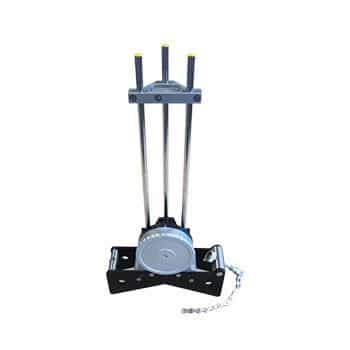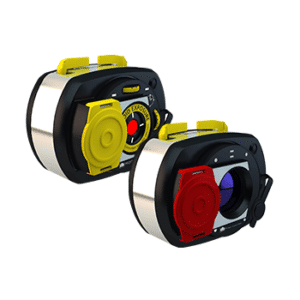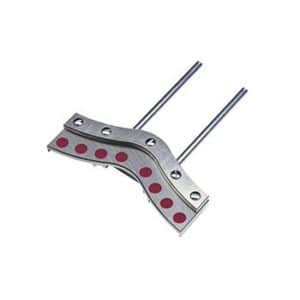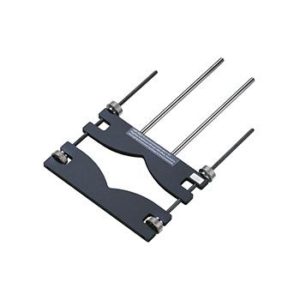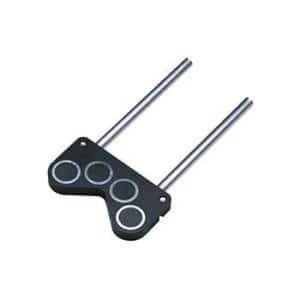Additional Info
Cardan shafts are common types of couplings in many industries such as pulp and paper, marine and shipping, steel, automotive, and cement. They can be either fully rotatable, partially rotatable or non-rotatable, very large and heavy, and difficult to access. Usually, a combination of these configurations applies, making many Cardan shaft alignment applications unique and challenging.
Precise alignment reduces the rotational forces of the Cardan shaft to a minimum. If the Cardan shaft is precisely aligned, the second joint converts “irregular” rotational movement of the spacer shaft into a regular movement of the driven shaft. As a result, the uneven bearing loading during Cardan shaft rotation is minimized, the service life of the components is extended and machine failures are reduced.
With specially designed brackets and new measuring methods, the ROTALIGN® Ultra iS platform allows Cardan shafts to be aligned without removing the shaft. Depending on the shaft configuration, one of the two available methods can be used. With the first method, the sensor is mounted on a bracket with a rotating arm. As shafts are turned to a new measurement position, the bracket’s arm is rotated and the sensor moved up or down the posts to intersect the laser beam. This method is used when rotation areas are restricted. The second method uses a bracket set designed for a 180° rotation and only requires two reading positions.
Features:
- Quick measurement set-up. No need to remove the shaft
- Two bracket sets are available according to the shaft rotation degree
- Fits shaft diameters of approx. 50 mm to 500 mm
- No Cardan shaft removal needed
- Quick measurement setup
- Save hours of work and manpower
- Avoid crane use or rental and tricky manoeuvers in constrained spaces
- High-quality measurement based on the actual rotation axis of the shaft
- Improve the safety of operators and assets.
In-situ cardan shaft alignment – An innovation by PRUFTECHNIK

